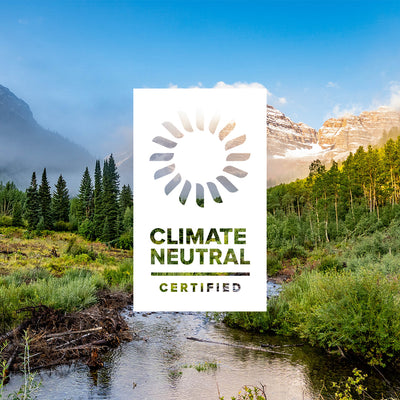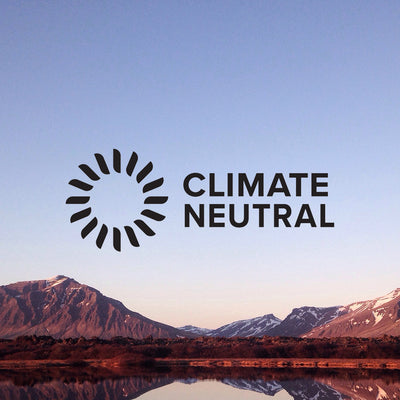A Guide to Hammock Camping in Cold Weather
Don’t let your hammock collect dust all winter. Here are five tips for staying warm and elevated all winter long:

1. Get out of the wind.
One of the biggest favors you can do for yourself when hammock camping in cold weather is to find a campsite with natural wind protection. For example: Instead of camping on the edge of a tree line, walk twenty paces in or so to allow denser foliage to act as a natural wind barrier. The addition of a rainfly hung snug over the top of your hammock can also work wonders on extra gusty evenings, plus a proper rainfly will trap in some of your body heat as it rises to escape. If you’re looking for a complete setup, the Mantis all-in-one hammock tent offers a hammock body, bug net, and rainfly in a convenient, packable stuff sack.

2. Pack an Underquilt
Sleeping bags are a must when camping in cold weather, but the pro move for hammock camping is to attach an underquilt beneath your hammock. Since insulated materials need loft to work properly, using a sleeping bag in your hammock makes for less effective insulation because your body is compressing the underside of the bag. Instead, opt for an underquilt that hangs snug to your hammock with maximum loft and effectiveness. Depending on where you camp and the temps you usually experience, we offer three trail quilts with varying temperature ratings.

3. Consider a Sleeping Pad
We designed our Insulated Pongo Pad to fit perfectly in your camping hammock and shield you from the bitter cold. Our sleeping pad does double duty, acting both as an insulator and the deliverer of ultimate hammock comfort. Cloud nine, here we come! The Insulated Pongo Pad works great in any season, but you’ll definitely never want to leave home without it when the weather turns south.

4. Add Warmth With a Top Quilt
Now that you have a wind-free spot, a cozy underquilt, and the comfiest sleeping pad in the woods, it’s time to lie down for a toasty snooze under the stars. But what about your top quilt? Both our Mountain and Field Blankets make great basecamp options, each offering snaps along the edge that allow complete integration with your Roo hammock. For packing light and heading into the backcountry, our lighter and more packable trail quilts offer a huge advantage. However, depending on the weather, your underquilt might be cozy enough of a cocoon that all you need are your base layers to stay warm.

5. Final Tips
Here’s a sneaky tip that lots of cold weather campers know well: Boil water over your stove before bed, fill up a Nalgene, and slip it in your hammock to warm the top quilt and underquilt. If you have an extra sock or two, slip them over your water bottle and leave it at your feet. This way you stay warm, but the bottle doesn’t burn your skin. If you’re not wearing your jacket to sleep, keep it at your feet as well so it’s warm when you’re ready to wear it in the morning.
Lastly, test your setup before setting off in extreme conditions and know your limits. Everyone has different sleep preferences, so there’s no one-size-fits-all solution when it comes to hammock camping in cold weather. The better you know your gear and your sleeping preferences, the more you’ll be prepared when those ultra-cold temps hit. And of course, if you ever feel uncertain with extreme temperatures in the forecast, be safe and maybe plan for a night indoors.



